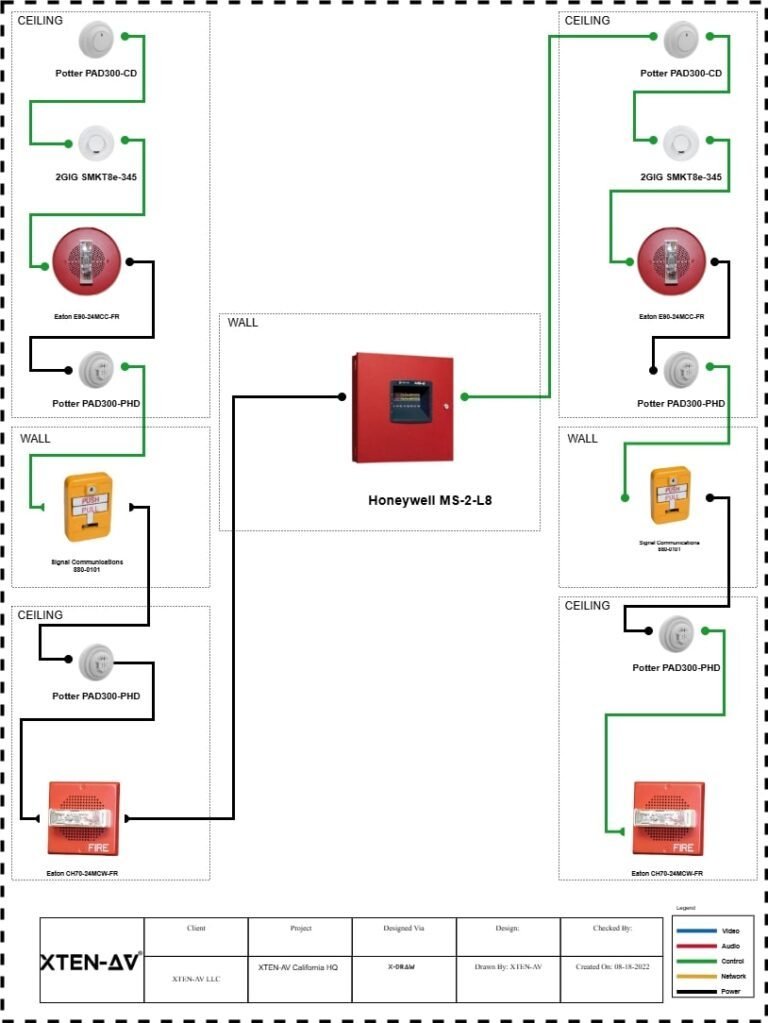Modern businesses’ interest in quick decision-making, clear insights, and reliable data warehousing is evident due to the growing demand. Moreover, customer analytics are methods through which brands work toward enhancing marketing, sales, and support. Once integrated, such technologies also assist in accomplishing objectives as the company scales its operations and product variety. When applied together, they enhance visibility, lessen guesswork, and firmly establish a long-term, transformative strategy.
This post will describe the role of data warehousing and customer analytics in better decision-making and strategy transformation.
Why Data Warehousing Matters
A data warehouse unifies the enterprise data in a single location. That necessitates pulling in data from every customer relationship manager program, resource tracking system, marketing channel, and customer interface. Standard platforms integral to data warehousing services are Amazon Redshift, Google BigQuery, Snowflake, and Microsoft Azure Synapse.
Having a centralized data repository allows corporate strategy teams to access accurate data without constantly switching between tools. If companies store identical files and databases in departmental and regional office silos or other disconnected locations, a version mismatch happens. Therefore, data warehousing is crucial to improve reporting and strategy by decreasing the chance of errors due to version conflicts.
Essentially, strategy leaders can compare trends in sales, operational efficiency, customer demand, marketing campaign performance, and worker productivity all on one screen.
Why Customer Analytics is Beneficial
Customer analytics helps explore customer requirements. Analysts will examine data patterns to reveal key motivations and hurdles impacting customer behavior. As a result, strategy professionals responsible for attracting, retaining, and nourishing customers can systematically enhance their core outcomes.
If a brand wants to leverage customer analytics services, it must inspect the availability of distinct tools. Think of Salesforce Analytics, Tableau, Power BI, Zoho Analytics, and Adobe Analytics. Depending on the tool combination and reporting clarity, companies can extract deeper and accurate insights for strategy transformation.
Customer analytics tools let businesses segment audiences and track customer journeys. In addition to understanding recent purchase triggers, advanced analytics allows for demand forecasting and trend shift alerts. So, it empowers decision-makers and strategists to predict churn and apply remedial measures. Besides, companies get to identify existing and novel cross-sell or upsell opportunities.
Key Benefits of Using Both Together for Strategy Transformation
Broader, faster, and more precise insight extraction is possible when data warehousing is available. Related extract-transform-load (ETL) data pipelines eliminate the delays, hardware bottlenecks, and other drawbacks of siloed, premise-specific data storage methods. Furthermore, insights vital to strategy customization become ready for reporting and decision-making when organizations use data warehousing with customer analytics in unison.
The ability to track patterns, forecast demand, and personalize experiences at scale becomes considerably easier due to their combined strength. Consequently, marketing strategy teams can further optimize their campaigns. Likewise, sales strategists can target the right accounts. Finally, operations teams can manage inventory based on actual demand trends instead of a few people’s intuition.
For instance, the companies in retail, banking, healthcare, and manufacturing industries also take this approach for long-range strategy. They can improve accuracy and foster a data-driven culture where siloed data becomes a thing of the past.
Conclusion
Data warehousing and customer analytics enhance leadership and strategy by transforming decision-making for the better. They help transform how businesses understand trends and approach personalization for customer experiences.
The ETL pipelines remove the issues concerning data availability, integrity, and transfer. At the same time, customer insights clarify what is essential to increase revenue and satisfaction ratings. Together, data warehouses and customer analytics dashboards enable brands to ensure long-term growth through data-backed strategy transformation for success.






























































































































































































































































































































































































































































































































































































































































































































































































































































